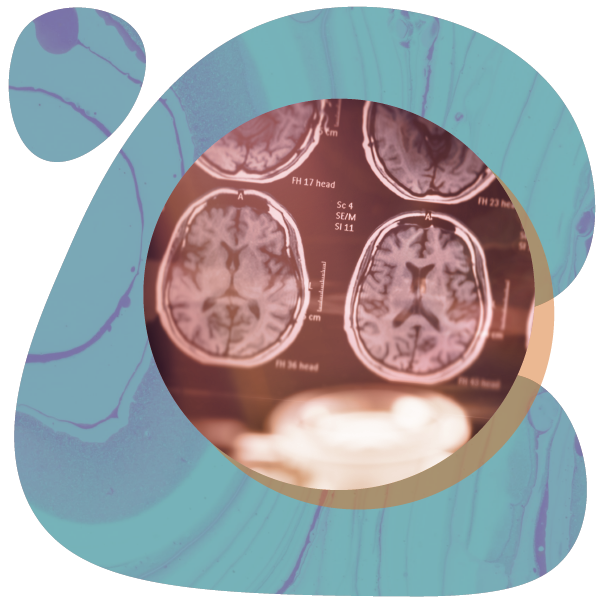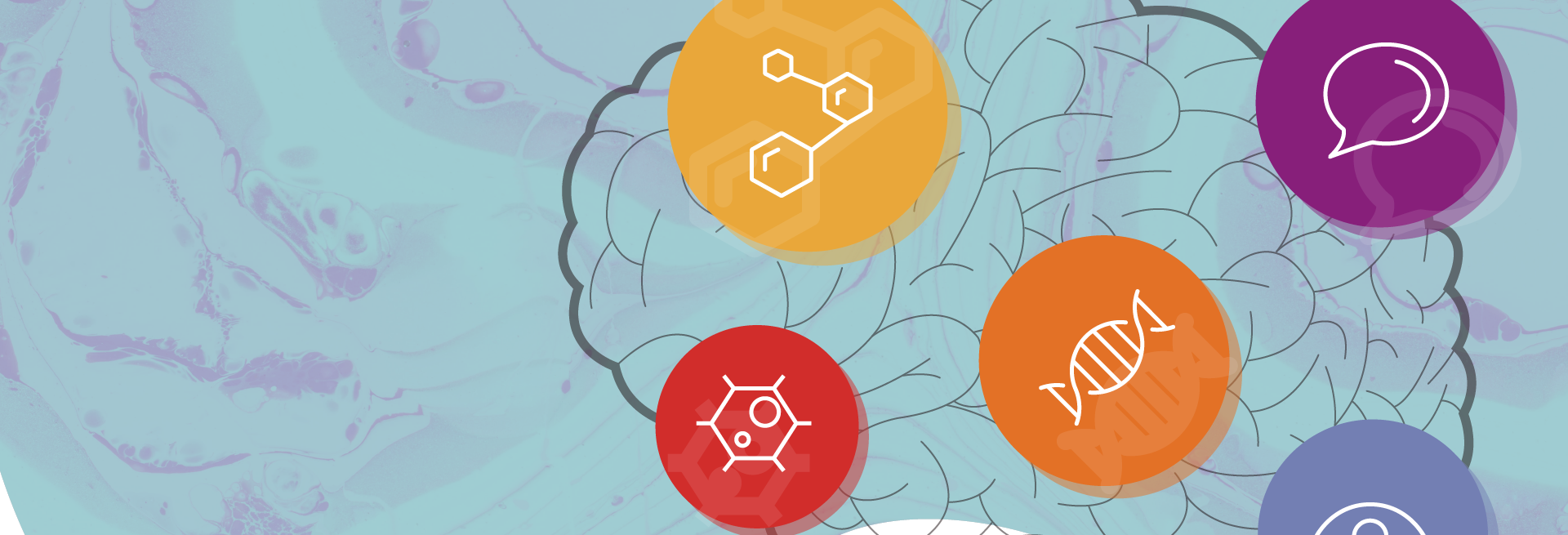Throughout FAU, neuroscientists are investigating a range of cognitive disorders, including research into autism, designing early-detection tests of Alzheimer’s disease and devising individualized treatment plans for patients with dementia.
Here’s a look at some of their recent relative discoveries.
Addressing Autism
In the lab of Randy Blakely, Ph.D., professor in the Charles E. College of Medicine and executive director of the Brain Institute, researchers have discovered mutations in a gene that affects regulation of serotonin, a neurotransmitter implicated in autism spectrum disorder.
Using genetically engineered mice, the researchers found that a single mutation can cause changes in how a key serotonin regulatory molecule (SERT) interacts with partner proteins, resulting in a reduction of serotonin at brain synapses during development and throughout life, which Blakely believes can support traits of autism.
“It’s quite amazing that one of the smallest changes you can make in SERT can alter interactions with its partners,” Blakely said. The findings will enable scientists to identify SERT’s interacting proteins as possible drug targets.
Aging With Alzheimer’s
Qi Zhang, Ph.D., research assistant professor in the College of Medicine, hypothesizes that the root cause of Alzheimer’s is an imbalance of cholesterol in brain cells and that the long-studied amyloid precursor protein (APP) is one of the regulators for cholesterol balance in the brain.
Cholesterol is indispensable for the functionality and integrity of synapses. As we age, our brains continuously lose cholesterol, making neurons more vulnerable to challenges like stress. Zhang’s lab discovered an intriguing relationship between APP and cholesterol — cholesterol dysregulation caused by APP mutations linking to familial Alzheimer’s. Working with genetically engineered mice whose APP was nullified, they found signs of synapse failure, neuronal death and dementia. “We hope to find whether the regulatory role of APP and cholesterol is neurologically meaningful and plays a role in the development of Alzheimer’s disease,” said Zhang, adding that he is also collaborating with The Scripps Research Institute to screen for drugs that can rebalance brain cholesterol and make brain cells more resilient during aging.
Early Detection
There’s currently no good test to detect early-stage Alzheimer’s, but Elan Barenholtz, Ph.D., associate professor at the College of Science and co-director of the Machine Perception and Cognitive Robotics (MPCR) Lab, and assistant director of FAU’s Center for the Future Mind, is working to remedy that gap with a test that measures eye movements and language skills.
Eye movements are good indicators of very small changes in cognition, like ones that occur in the early stages of Alzheimer’s. The test, which is short and easy to administer, sits patients in front of an eye tracker capable of taking 150 snapshots per second. As the patient reads simple sentences or describes a picture, the machine measures various types of eye movements, while another records the patient’s verbal acuity.
The test assesses memory functioning, executive functioning, and attention. Similar assessments have been used separately to measure cognitive dysfunctions such as concussions and attention deficit hyperactivity disorder (ADHD), but applying machine learning algorithms to the data enables Barenholtz to combine them into a single test to construct a global cognitive rating that can more accurately predict the disorder. “The point of this research is to push the needle to see if there might be patterns in these various behavioral measures that are subtle enough that they may have never been detected by a human diagnostician,” Barenholtz said. “The goal is to push that window to an earlier point in the evolution of the disease.”


New Links Between Serotonin and Autism
Neuroscientists in the laboratory of Randy D. Blakely, Ph.D., professor of biomedical science in Florida Atlantic University’s Schmidt College of Medicine and executive director of the FAU Brain Institute, have discovered a new link between autism spectrum disorder (ASD) and serotonin, a mood regulating molecule in the brain.
The supply of serotonin is regulated by a protein called the serotonin transporter (SERT), which sweeps away serotonin from synapses to limit its action. Activity and regulation of the SERT protein are critically dependent on a number of other proteins that tell the protein where to locate on nerve cells and how to act.
It turns out that one specific mutation of this transporter, called SERT Ala56, changes the structure of the SERT protein cells in ways that keep these partner proteins from interacting with it and leading to abnormally high activity of the transporter. The high-activity state results in the removal of too much serotonin from brain sites where serotonin is needed, both during development and in adults.
Blakely and collaborators have published the findings in the journal Frontiers in Molecular Neuroscience.

Parkinson’s Disease Study is ‘On the Nose’
Ning Quan, Ph.D., a professor in the Charles E. Schmidt College of Medicine, and a team of researchers, recently published a study on the link between inflammation of neuron cells in the nose and degenerative diseases, such as Parkinson’s disease (PD).
They used mouse models to demonstrate inflammation induced in the nasal tissue by a type of molecule found in bacteria leads to toxic forms of a protein that degenerates and triggers Parkinson’s-like symptoms in mice. Quan and his team found this inflammation is triggered by a single receptor protein, interleukin 1 beta. The findings were published in the journal Brain Pathology.
Quan is also director of the Program in Neuroimmunology and Glial Biology.
